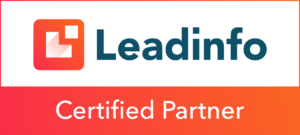Stunning websites from an award-winning team
Specialising in Branding, E-Commerce, Website Design, and SEO services. Our multi-award winning team creates stunning websites that are sure to impress.

Web Development Services in Staffordshire:
25 Years of experience
Welcome to Brave Bear Marketing, your premier choice for web development services in Staffordshire and its vibrant towns! With over 25 years of experience, we are a fully integrated agency specializing in bespoke marketing, design, and advertising packages tailored to suit your business’ unique needs.
Our team boasts a wealth of expertise in digital marketing practices, and our roots in mixed media go back even further. As a leading web development agency serving Staffordshire’s major towns, including Stoke-on-Trent, Tamworth, Stafford, Burton-upon-Trent, and Cannock, we are passionate about all things digital. From website design to SEO and PPC strategies, we’re ready to take your business to new heights.
Supercharge Your Business with Brave Bear Marketing – Staffordshire’s Premier Web Development & Digital Marketing Agency!
At Brave Bear Marketing, our team boasts a wealth of expertise in digital marketing practices, with roots in mixed media that go even further. As a leading web development agency serving Staffordshire’s major towns – Stoke-on-Trent, Tamworth, Stafford, Burton-upon-Trent, and Cannock – we are genuinely passionate about all things digital. From captivating website design to result-driven SEO and PPC strategies, we’re ready to take your business to new heights. Unleash your full digital potential – choose Brave Bear Marketing today!
WHAT WE DO
Website build & design
Website Build & Design Services: Brave Bear Marketing crafts visually stunning and interactive websites that embody your brand’s essence. Our skilled team brings your digital vision to life with captivating logos, intuitive navigation, and engaging content. We strategically infuse SEO-optimised content, boosting your search rankings and attracting organic traffic.
Choose us for comprehensive website build and design in Staffordshire.
Paid media, SEO & PPC
Paid Media, SEO & PPC Services: Brave Bear Marketing offers top-notch Paid Media, SEO, and PPC services in Staffordshire. We tailor personalised strategies for your business goals and target audience. Elevate your website’s rankings with our advanced SEO techniques, connect with customers through targeted social media marketing, and drive high-intent leads with our PPC campaigns on Google and Bing. Trust us to unlock your business’s digital potential and lead you to success in the competitive online landscape.
What we do
Recent work
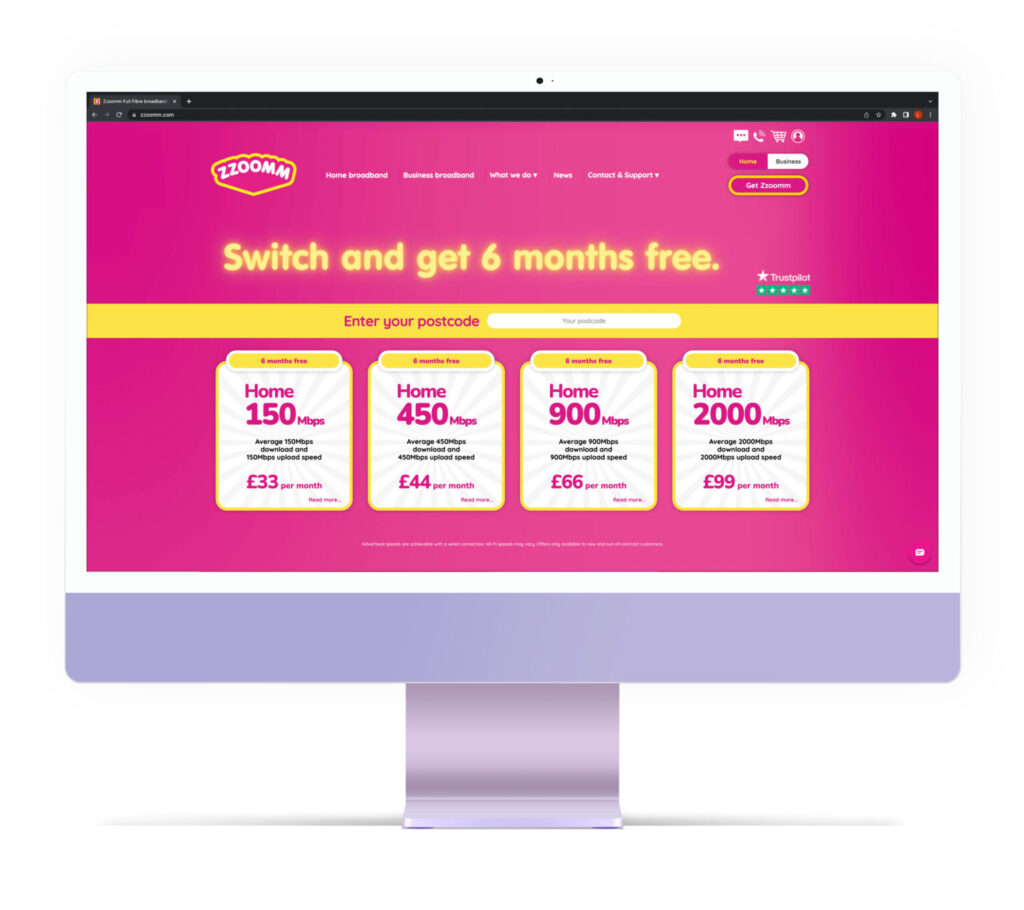
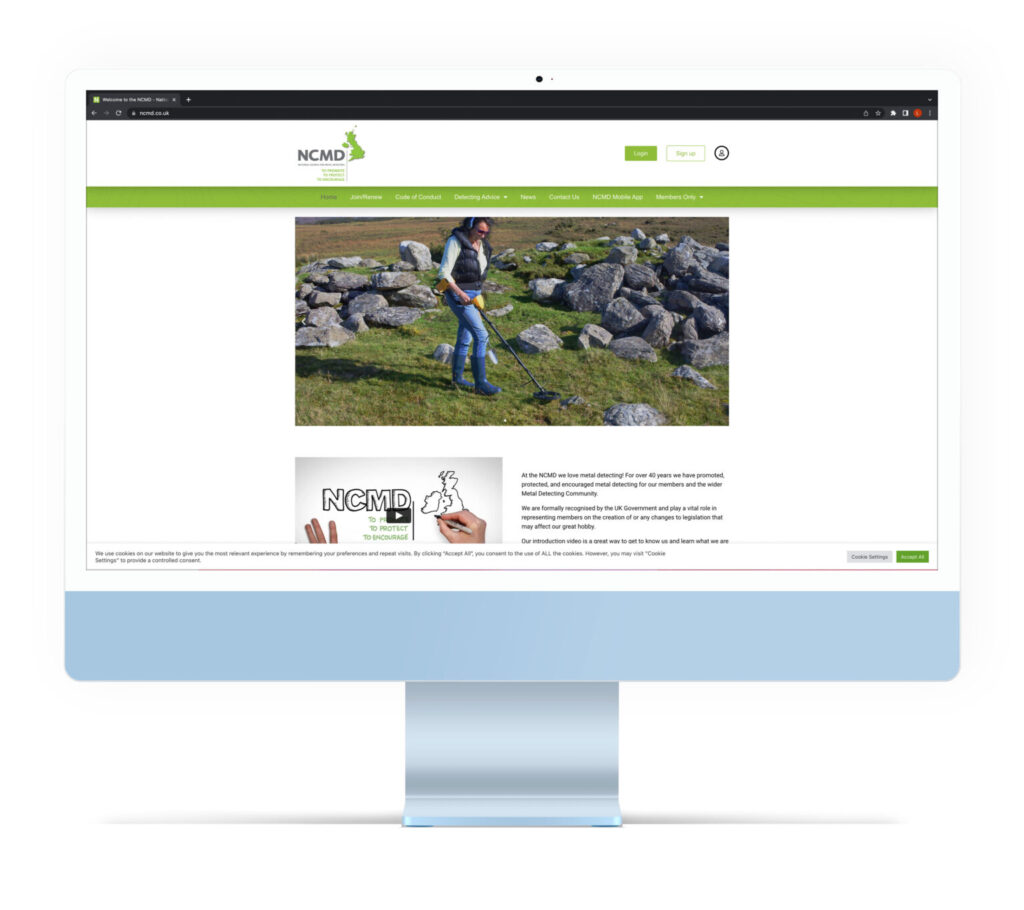
BUDGET FRIENDLY OPTIONS
Pay-monthly budget sites
We are excited to offer businesses in Staffordshire’s major towns the opportunity to have a custom website without the burden of large upfront costs. Our budget-friendly pay-monthly options allow you to get your dream website without breaking the bank. Explore the different packages and find the perfect fit for your business.
When you choose Brave Bear Marketing, you’re not just selecting a service provider; you’re partnering with a team that’s dedicated to the success of your business in Stoke-on-Trent, Tamworth, Stafford, Burton-upon-Trent, and Cannock. Our expertise in serving these towns allows us to understand the unique needs of businesses in the area and deliver tailored solutions.
Budget friendly options
Our amazing clients


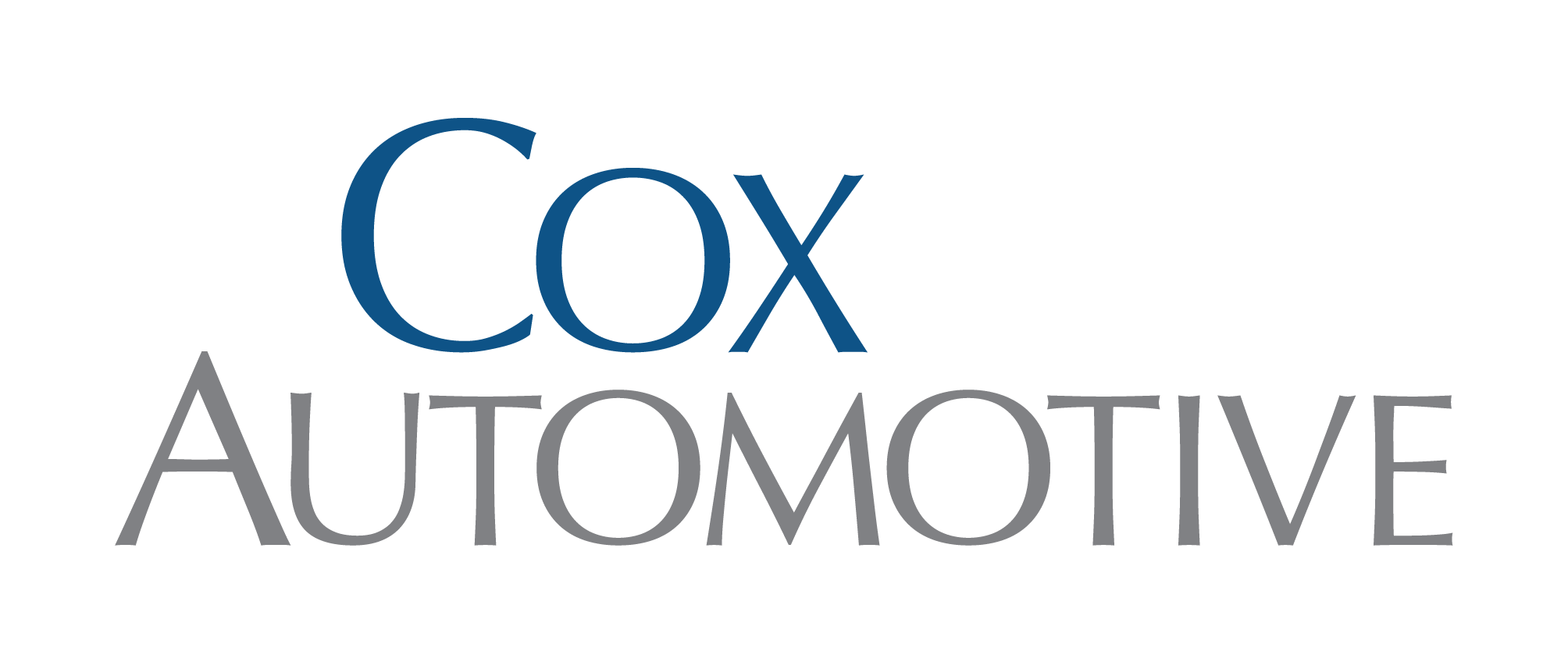






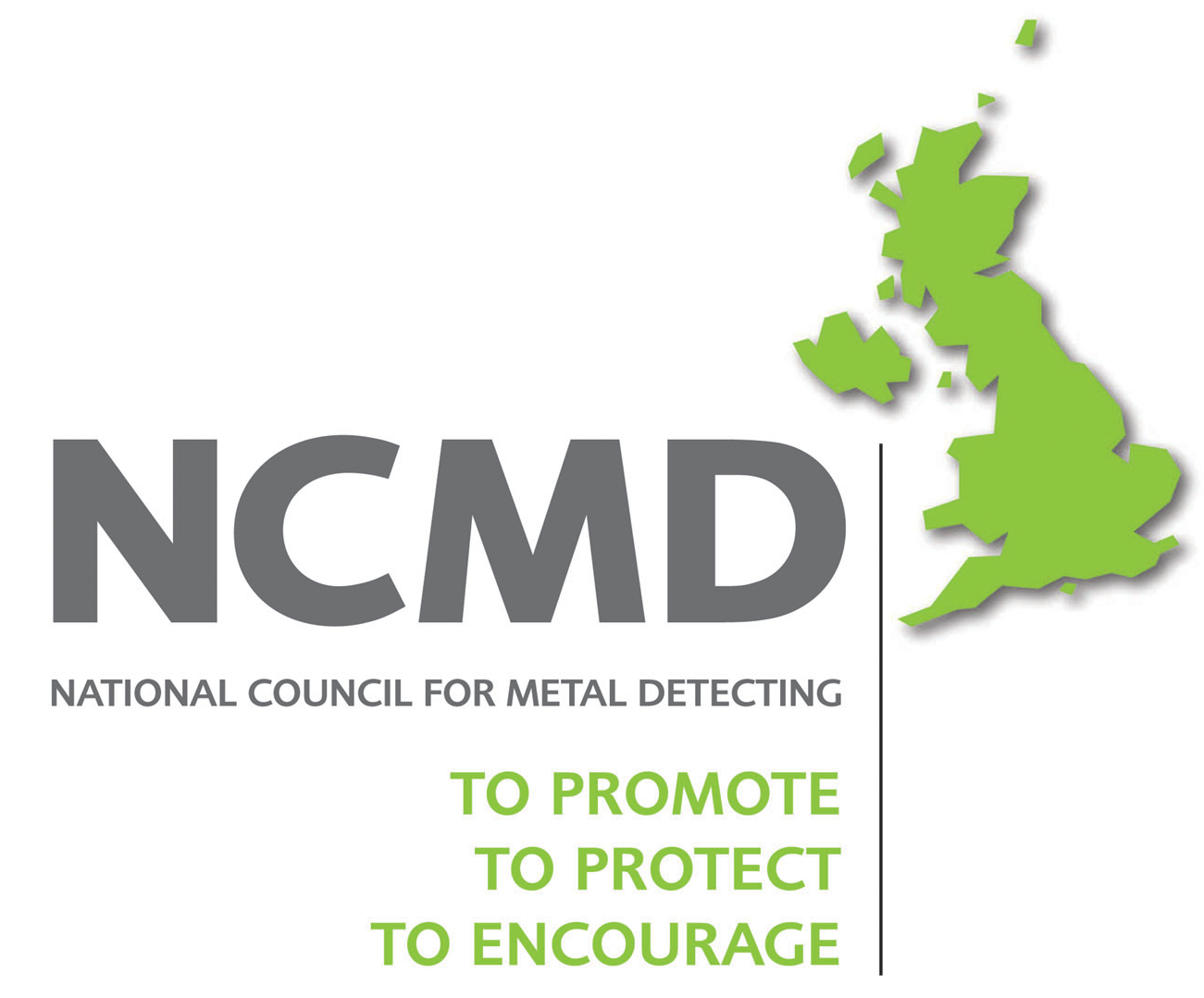
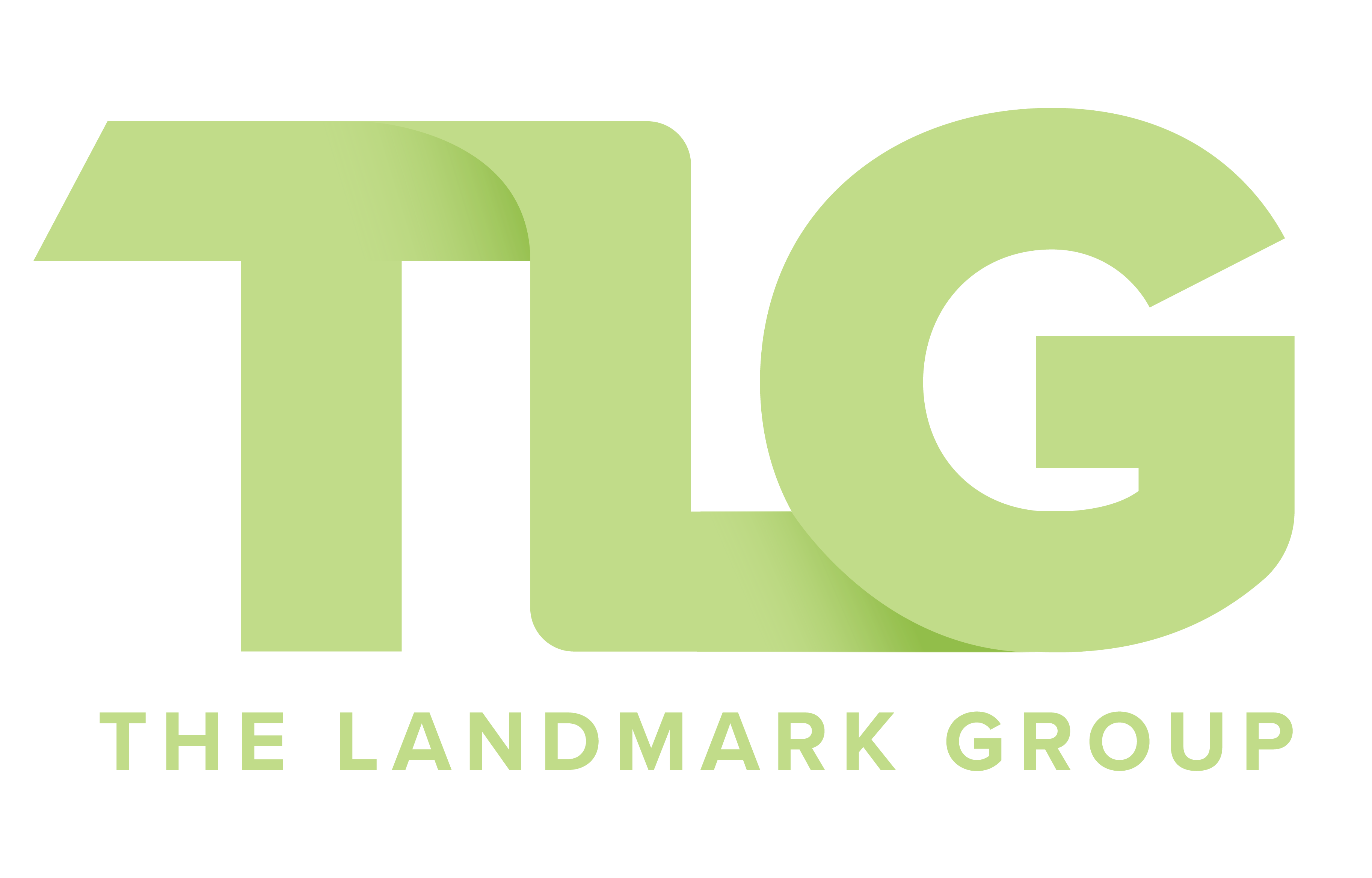



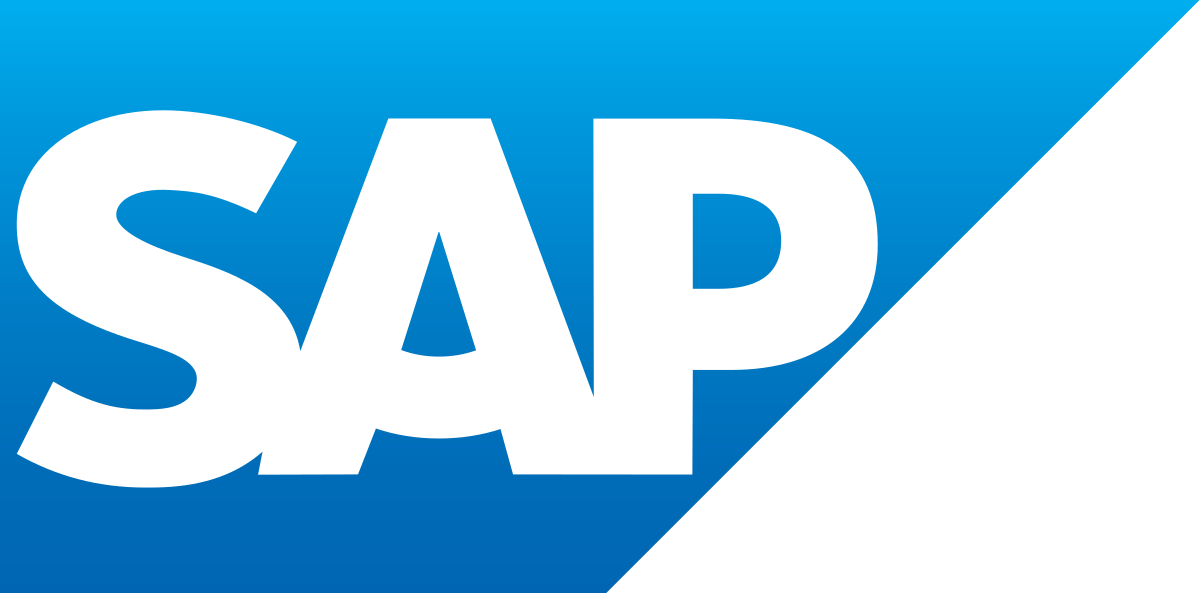

REVIEWS
Jon and his team recently renovated my website and the whole experience was superb. Very easy to deal with and they were more than happy to implement any changes we needed post completion. The website is really easy to navigate and has the aesthetic look we wanted to match our branding and ethos. Highly recommend using Brave Bear Marketing for all website and advertising needs. Will use again 100% Corefit UK2023-06-08We have used Brave Bear Marking for many years and we simply wouldn't go anywhere else - they are always our first stop for website and email hosting, and creating new websites. Their personal contact and speedy response is priceless.
Corefit UK2023-06-08We have used Brave Bear Marking for many years and we simply wouldn't go anywhere else - they are always our first stop for website and email hosting, and creating new websites. Their personal contact and speedy response is priceless. Susan Begg2023-02-14We have been using Brave Bear for around 2 years now and their service is first class. We have demanded a content heavy website and Brave Bear were able to fully develop a website that is user friendly for both our audience and ourselves for maintaining and adding new content. Brave Bear was also able to help restructure our social media presence helping us to focus on a specific audience with the right content helping to improve our online footfall. Since taking on advice from Brave Bear, which we have believed in, we have invested heavily into our marketing department by taking on a new staff member and equipping them with the correct tools to help push our business forward. The tech support is also flawless with rapid response time to any queries we have and are always able to guide us in the right direction. Brave Bear were able to accomplish everything we have asked from them leaving no task unfinished. The support and communication we have received from Jon, Luke and Andy at Brave Bear has been top-tier. To this day we’re still working with Brave Bear as our business grows. Highly recommend. *****
Susan Begg2023-02-14We have been using Brave Bear for around 2 years now and their service is first class. We have demanded a content heavy website and Brave Bear were able to fully develop a website that is user friendly for both our audience and ourselves for maintaining and adding new content. Brave Bear was also able to help restructure our social media presence helping us to focus on a specific audience with the right content helping to improve our online footfall. Since taking on advice from Brave Bear, which we have believed in, we have invested heavily into our marketing department by taking on a new staff member and equipping them with the correct tools to help push our business forward. The tech support is also flawless with rapid response time to any queries we have and are always able to guide us in the right direction. Brave Bear were able to accomplish everything we have asked from them leaving no task unfinished. The support and communication we have received from Jon, Luke and Andy at Brave Bear has been top-tier. To this day we’re still working with Brave Bear as our business grows. Highly recommend. ***** Automotive Addiction LTD2023-02-13The Bravebear team are brilliant at creating non nonsense, budget friendly web solutions fast and collaboratively. I have worked with them on nearly 6 projects and they provide a great deal of support and insight to get what you need done. Highly recommended
Automotive Addiction LTD2023-02-13The Bravebear team are brilliant at creating non nonsense, budget friendly web solutions fast and collaboratively. I have worked with them on nearly 6 projects and they provide a great deal of support and insight to get what you need done. Highly recommended Joshua Greedy2023-02-10Really easy to work with, would recommend!
Joshua Greedy2023-02-10Really easy to work with, would recommend! Komelon UK2023-02-01Luke and the Brave Bear team were extremely helpful and flexible when assisting me set up and design my (pay monthly) website design and build. Nothing was too much trouble and I am very grateful for all their assistance (especially calling Luke at unsociable hours !). I would thoroughly recommend Brave Bear for all your digital marketing and web design needs !
Komelon UK2023-02-01Luke and the Brave Bear team were extremely helpful and flexible when assisting me set up and design my (pay monthly) website design and build. Nothing was too much trouble and I am very grateful for all their assistance (especially calling Luke at unsociable hours !). I would thoroughly recommend Brave Bear for all your digital marketing and web design needs ! John Higgins2023-01-31Brilliant designs, staff extremely helpful and superb service!
John Higgins2023-01-31Brilliant designs, staff extremely helpful and superb service! Jessica Turford2020-06-19
Jessica Turford2020-06-19
Reviews
Contact
- 01543 758188
- info@bravebear.co.uk
- Mon - Fri: 9:00 - 18:00

